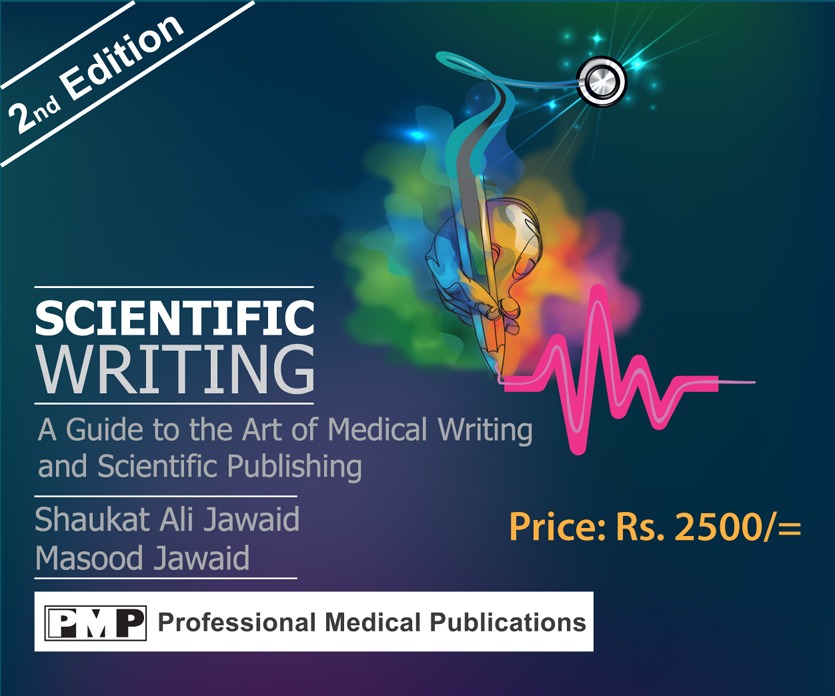If innovation and affordability can find common ground, advanced
medical devices could significantly enhance healthcare
In contemporary healthcare, advanced medical devices have emerged as a beacon of hope, offering groundbreaking solutions to address a wide range of medical conditions. While the potential benefits are undeniable, the landscape of advanced medical devices presents challenges that demand careful consideration. It is crucial to delve into the complex dynamics concerning these devices, scrutinizing matters like steep expenses, technological obstacles, and the pursuit of affordability and availability , says GlobalData, a leading data and analytics company.
Cynthia Stinchcombe, Medical Analyst at GlobalData, comments: “At the forefront of the discourse surrounding advanced medical devices is the issue of high cost. The debate over high prices is underscored by an interplay of factors. The high costs are not merely arbitrary figures, but a reflection of the investments, research, and development that drive innovation in this field. The need for financial support to sustain businesses and propel R&D cannot be underestimated.”
Delving deeper, the technical challenges inherent in the development of advanced medical devices contribute significantly to the cost structure. The intricacies of designing and manufacturing cutting-edge devices, ensuring their safety and effectiveness, and navigating regulatory hurdles pose substantial challenges. This becomes even more complex when addressing conditions that require highly specialized devices.
Furthermore, the grand vision of these devices hinges on their ability to be integrated into the existing healthcare infrastructure seamlessly. This integration, while often overlooked, is of paramount importance as it directly influences the effectiveness of the device in real-world clinical settings.
Stinchcombe adds: “The usability and integration of these advanced medical devices are essential for their success. Ensuring that healthcare professionals can use these devices effectively and that they fit into existing clinical workflows is crucial.”
As we navigate this landscape, it becomes evident that the onus lies not only on manufacturers but also on the promise of therapeutic advancement and the need for affordability and accessibility. A notable example is the concerted efforts of industry leaders like Medtronic and Boston Scientific, which are working towards devising payment models that extend the accessibility of their innovative devices.
Medtronic, for instance, has proposed a payment plan that includes both an upfront cost and extended payments based on the device’s performance. Boston Scientific, on a similar trajectory, is exploring pricing models that aim to make their devices more affordable and accessible to a broader range of patients.
The trajectory of advanced medical devices is emblematic of both technological prowess and economic pragmatism. The journey has challenges that transcend innovation, delving into intricate financial negotiations and ethical considerations. While high prices may be a necessary reality, they are not insurmountable barriers to access.
Stinchcombe concludes: “If innovation and affordability can find common ground, advanced medical devices could significantly enhance healthcare. In this landscape, the pursuit of affordable, accessible, and effective medical devices is the clarion call that beckons stakeholders to unite in a shared commitment to advancing healthcare and improving patient lives.” (PR)



